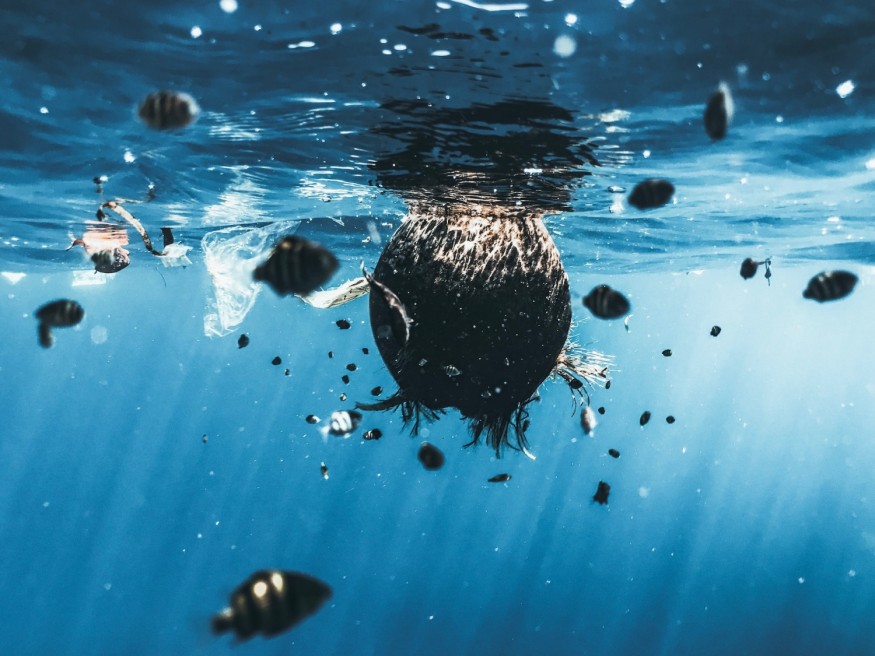The Pacific Garbage Patch, also called the "Great Pacific Garbage Patch," is a large accumulation of marine debris, including plastics, in the North Pacific Ocean between Hawaii and California. Specifically, it is located in the Pacific waters off the west coast of North America. This garbage patch threatens marine life and ecosystems.
While there are various sources of debris that make up the Pacific Garbage Patch, environmental experts point the widespread trash comes from countries around the Pacific Rim, which is a geographical area that surrounds the Pacific Ocean. The Pacific Rim includes the western coast of the Americas, the shores of East Asia, and Australia, as well as the Pacific islands.
What is the Pacific Garbage Patch?

The "Pacific Garbage Patch" is a term often used by the media. However, it does not portray an accurate picture of the marine debris problem in the North Pacific Ocean, according to the National Oceanic and Atmospheric Administration (NOAA)'s National Ocean Service.
The exact content, location, and size of the garbage patches are difficult to predict, says the NOAA, adding that the area consists of large and continuous patches of visible marine debris items like bottles and other litter. The main problem surrounding the Great Pacific Garbage Patch is that different marine species can ingest its debris, resulting in choking, starvation, and other impairments.
Previous research show that that marine debris and ocean plastic pollution in general can significantly affect marine animals and even result in death.
According to the International Union for Conservation of Nature (IUCN), marine plastic pollution consists of at least 14 million tons of plastic that end up in the world's ocean ever year; wherein plastic makes up of 80% of all marine debris found from surface waters to deep-sea sediments.
Ocean Plastic Pollution
Discussion of topics surrounding the Great Pacific Garbage Patch is also linked to the source of the marine debris, which can come from fishing activities, commercial maritime activities, and even from countries along the Pacific Rim, as mentioned earlier.
According to a 2015 study published in the journal Science, the overall source of ocean plastic pollution comes from Asia; where the top six countries responsible for ocean garbage are China, Indonesia, the Philippines, Vietnam, Sri Lanka, and Thailand.
Researchers imply that while plastic debris in marine environments is relatively documented, the quantity of plastic particles entering the ocean from waste produced on land remains unknown. The 2015 Science study estimated that in 2010, 275 million metric tons of plastic waste was generated in 192 coastal countries. Within this figure, 4.8 to 12.7 million metric tons entered the ocean.
The non-profit environmental organization, Ocean Cleanup, stated that a total of 1.8 trillion plastic pieces are estimated to be floating in the Great Pacific Garbage Patch, also called GPGP. The said estimate is equivalent to 250 pieces of debris for every person in the world.
© 2025 NatureWorldNews.com All rights reserved. Do not reproduce without permission.





